One of the main concerns people have about eating a plant-based diet is getting enough protein. However, I’ve found that it’s pretty easy to get enough protein with vegetables, whole grains, and legumes. But sometimes people don’t always think about getting enough iron. In my experience, it’s even harder to make sure you’re getting enough of this vital mineral!
So what’s the big deal about iron? And why is it harder to get enough without meat?
Why Your Body Needs Iron
Iron is a mineral that your body needs to function. Specifically, iron helps make up hemoglobin and myoglobin. These proteins help with transfer of oxygen, muscle metabolism, growth, and more. When your body doesn’t have enough, it results in iron deficiency anemia — lots of fatigue, shortness of breath, headaches, and more. Women are especially susceptible to low iron levels as they lose some iron with their blood each month. And unfortunately, vegetarians may be more susceptible too.
Heme Iron vs. Non-Heme Iron
While many plants are naturally high in iron, the type of iron differs between plant and animal sources. Animal sources, such as meat, have heme and non-heme iron. Plant sources, on the other hand, contain only non-heme iron. This is significant because your body absorbs heme iron much more efficiently than non-heme iron. In technical terms, heme iron has higher bioavailability than non-heme iron — the nutrient is better digested and circulated into the blood.
Does this mean all hope is lost if you’re reducing/cutting out your meat intake? No! If you make a few simple adjustments, you can still get the iron your body needs. Here are a few tips.
1. Eat Foods High in Iron
This one may sound a little obvious. Of course you want to eat foods with a lot of iron if you’re worried about getting enough! But what plant-based foods have a high iron content?
Here are a few of the highest:
- White beans (44%)
- Lentils (17%)
- Kidney beans & chickpeas (11%)
- Canned tomatoes (11%)
- Baked potato with skin (11%)
- Quinoa (10%)
Spinach and tofu both have a high iron content, but they also have quite a high calcium content. This means their iron is less bioavailable (not as easily absorbed) as other iron sources. So if your goal is specifically to get enough iron, these two may not be the best choice of high-iron food.
Thankfully, most of these foods are also quite affordable too! Getting the iron you need shouldn’t cost you an arm and a leg.
(For more on iron, check out this page from the National Institute of Health.)
2. Avoid Foods High in Calcium when Eating Iron-Rich Foods
When you eat foods high in calcium, this blocks your body’s absorption of iron. (Pro tip: Don’t take a calcium supplement at the same time as your multi-vitamin or iron supplement!)
Here are a few foods (and their % DV of calcium) you may want to avoid when eating iron-rich foods:
- Yogurt (32%)
- Cheese (mozzarella has 28%)
- Milk (23%)
- Calcium-fortified non-dairy milk (soy milk has 23%)
- Tofu (19%)
- Spinach (9%)
So at least for the meals where you’re trying to boost your iron, skip the dairy products (or your calcium-fortified non-dairy milk), tofu, and high-calcium veggies like spinach.
As a side note, it is still important to get enough calcium. Just be mindful about how you’re combining foods. Try to eat calcium-rich foods in one meal (e.g. breakfast) and iron-rich foods in another (e.g. dinner). (For a great list of foods and their calcium content, check out the table from the National Institute of Health!)
3. Eat Foods High in Vitamin C to Increase Iron Absorption
So you’re eating your lentil soup (high iron) and skipping the cheese for dinner (avoid too much calcium). The final step to your iron formula is getting some extra Vitamin C with your iron to help your body absorb as much as possible!
Here are some foods that are high in Vitamin C that you may want to incorporate into your iron-focused meals:
- Red peppers (106%)
- Oranges (78%)
- Kiwi (71%)
- Green peppers (67%)
- Strawberries (54%)
- Brussels sprouts (53%)
- Cantaloupe (32%)
(Data based on an index from the National Institute of Health.)
The Formula for Getting Enough Iron
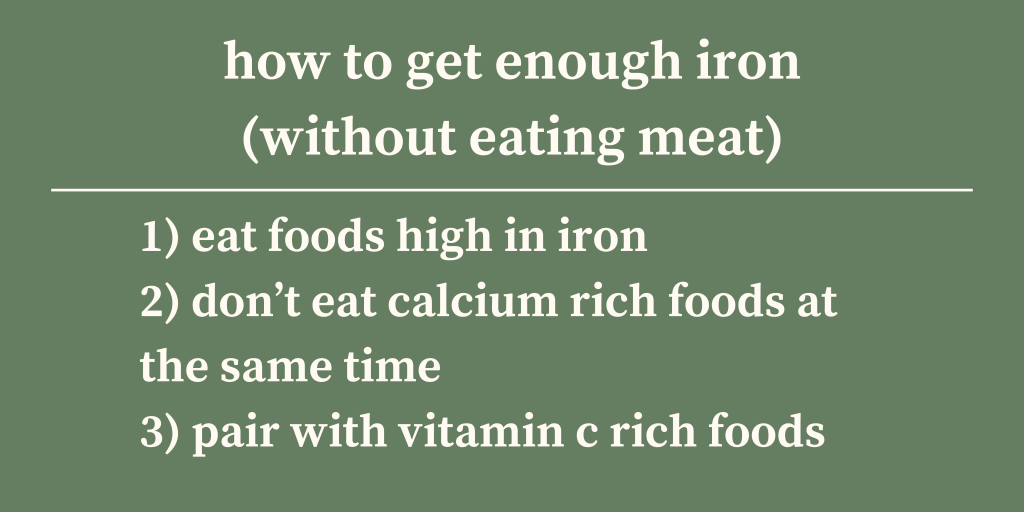
So in summary, here are the three keys to getting enough iron when you don’t eat meat:
- Eat lots of iron!
- Don’t eat calcium rich foods when you eat your iron.
- Pair with Vitamin C rich foods.
These three things will help your body get that essential iron it needs, even if you’re eating mostly plant-based (non-heme) iron.
What iron-rich food are you going to eat this week? Comment below what you want to try!
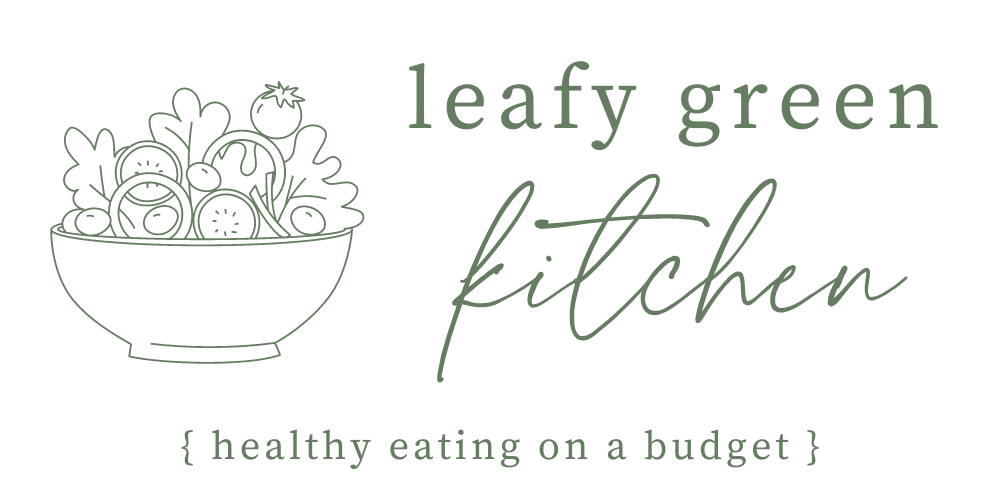
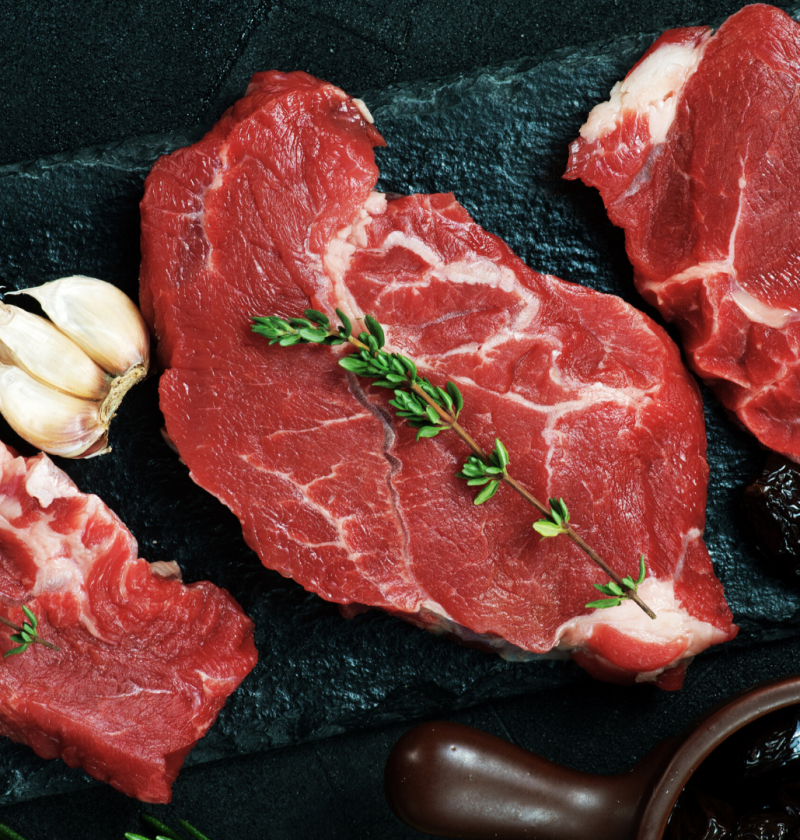
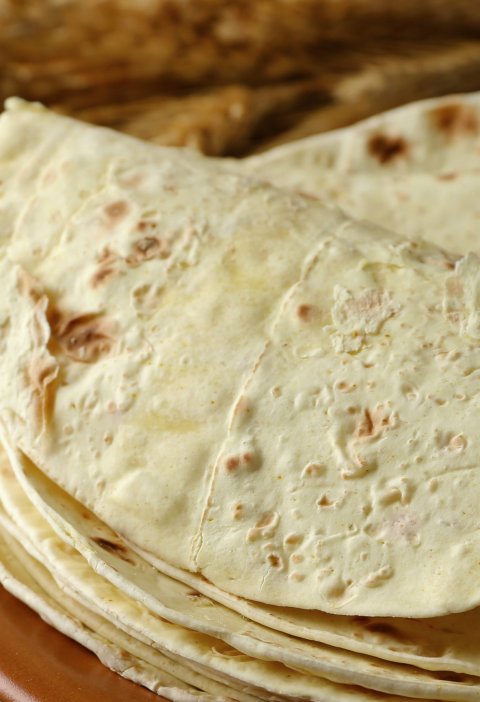
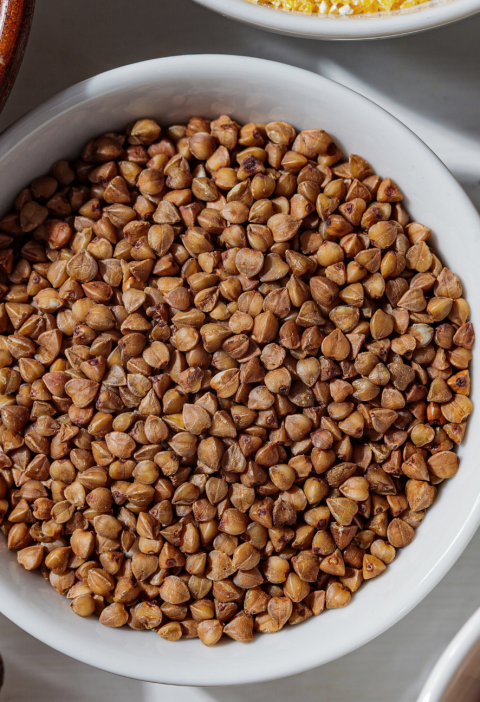
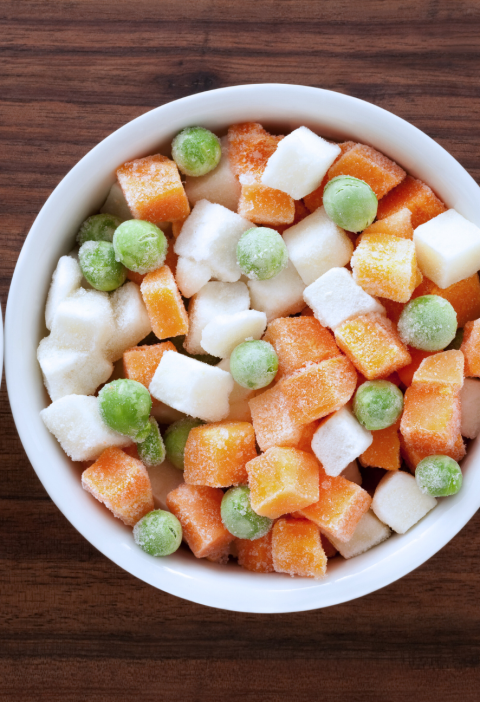
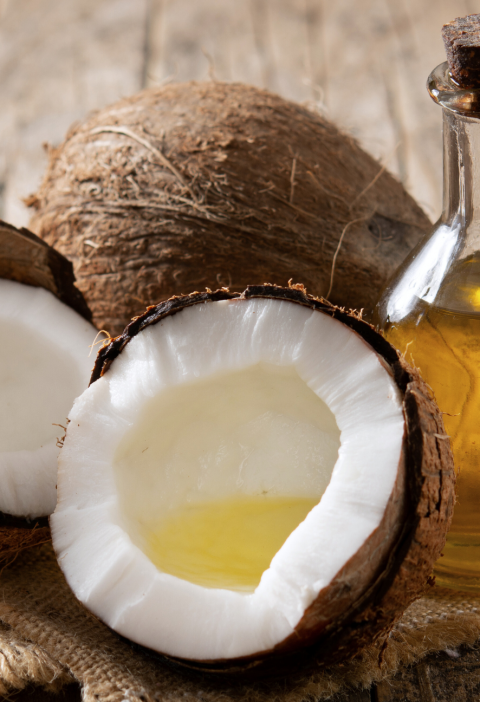
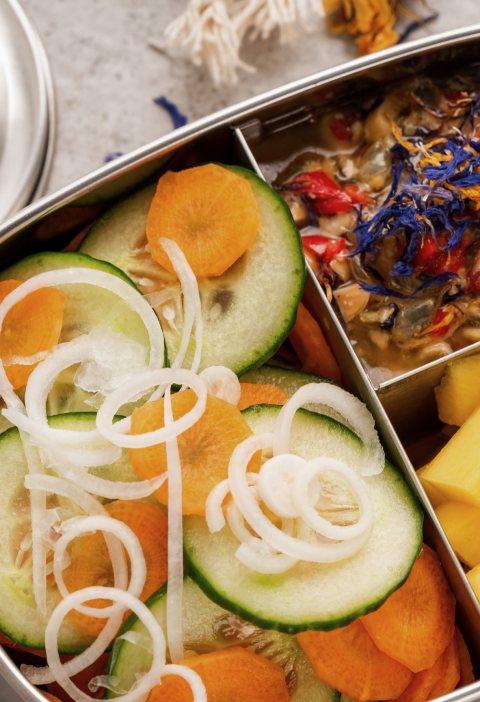

[…] vegetarian dishes. (Worried about nutrition? Check out my articles on how to get enough protein or enough iron when eating […]